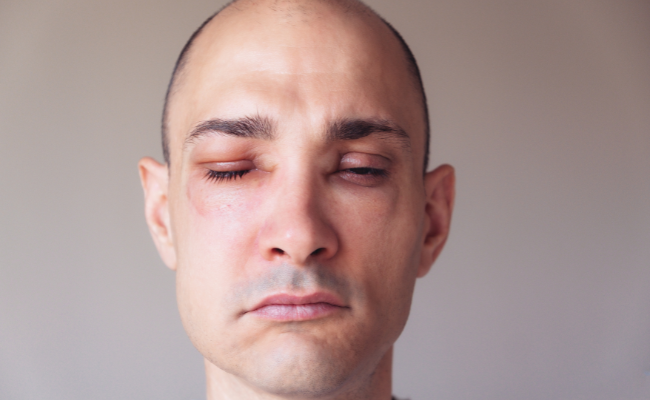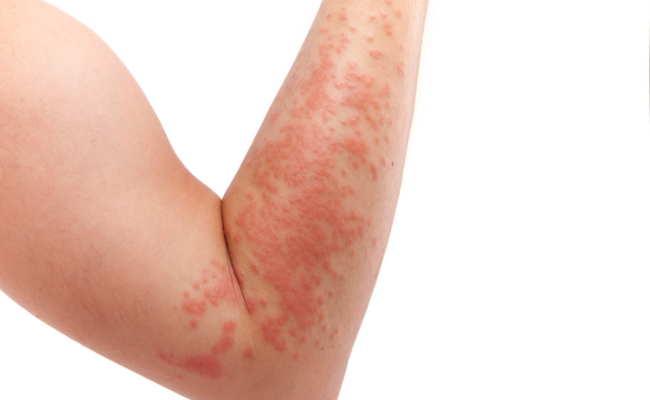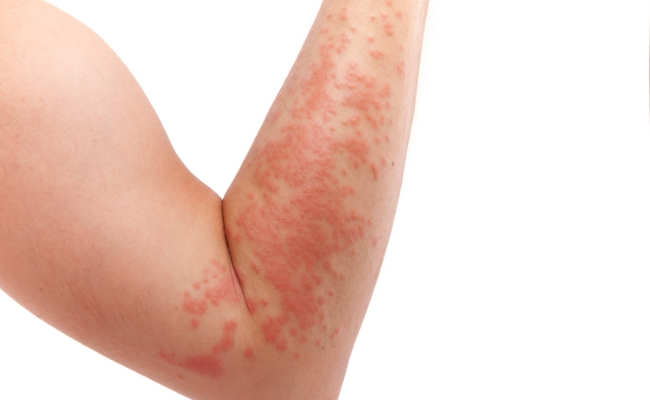How to Treat Antihistamines?
- January 17, 2024
- No Comments
What Are Antihistamines?
Antihistamines, a class of medications commonly used, prove invaluable in mitigating the effects of histamine, a naturally occurring substance in the body. Histamine, released during allergic reactions, manifests symptoms like itching, sneezing, runny nose, and watery eyes. By obstructing the action of histamine, antihistamines play a pivotal role in alleviating these allergic manifestations, providing much-needed relief to individuals grappling with sensitivities to allergens such as pollen.
Beyond their primary role in allergy management, antihistamines extend their utility to address a spectrum of health issues. Widely employed to counteract the excess production of histamine by the body's immune system, these medications find application in treating various conditions, including stomach ailments, colds, and anxiety. The versatility of antihistamines makes them a go-to solution for individuals dealing not only with allergic reactions but also with a range of health concerns arising from histamine-related imbalances.
Why Use Antihistamines?
The primary reason for using antihistamines is to manage allergic reactions. Allergies occur when the immune system reacts to a harmless substance as if it were a threat. This exaggerated immune response can lead to a variety of symptoms, including itching, inflammation, and respiratory issues. Antihistamines provide relief by hindering the histamine-mediated response, making them effective in treating conditions such as hay fever, allergic rhinitis, and hives.
How Do Antihistamines Work?
- Antihistamines function by binding to histamine receptors, specifically the H1 receptors. There are two main types of histamine receptors – H1 and H2. H1 receptors are primarily found in the respiratory and vascular systems, while H2 receptors are located in the stomach. Antihistamines target the H1 receptors, blocking the effects of histamine and preventing or reducing allergic symptoms.
- These medications come in two generations: first-generation and second-generation antihistamines. First-generation antihistamines, such as diphenhydramine and chlorpheniramine, can cause drowsiness and are best taken before bedtime. Second-generation antihistamines, like loratadine and cetirizine, are less likely to cause drowsiness and are suitable for daytime use.
Treatment Solutions for Antihistamines:
- Selecting the Right Antihistamine: The choice of antihistamine depends on the specific symptoms, the severity of the allergic reaction, and individual tolerance. For mild symptoms, second-generation antihistamines are often preferred due to their non-drowsy nature. However, for more severe symptoms or conditions like insomnia due to allergies, a first-generation antihistamine may be recommended.
- Dosage and Administration: It's crucial to follow the recommended dosage and administration guidelines provided by healthcare professionals or as indicated on the medication packaging. Taking more than the prescribed amount can lead to adverse effects, while taking too little may result in inadequate symptom relief.
- Timing of Medication: The timing of antihistamine administration is essential. For first-generation antihistamines that may cause drowsiness, taking them before bedtime can help manage potential sedative effects. Second-generation antihistamines are generally taken in the morning or as directed by a healthcare provider.
- Avoiding Interactions: It's important to be aware of potential drug interactions. Antihistamines can interact with other medications, amplifying side effects or reducing effectiveness. Consultation with a healthcare professional is crucial, especially if an individual is taking multiple medications.
- Considering Age and Health Conditions: Certain antihistamines may not be suitable for young children, pregnant or breastfeeding women, or individuals with specific health conditions. Always consult a healthcare provider to ensure the chosen antihistamine is safe and effective for the given situation.
Benefits of Antihistamine Use:
- Relief from Allergic Symptoms: The primary benefit of antihistamines is the relief they provide from allergic symptoms. Whether it's sneezing, itching, or a runny nose, antihistamines effectively counteract the effects of histamine, helping individuals feel more comfortable during allergy seasons or when exposed to allergens.
- Improved Quality of Life: Chronic allergies can significantly impact an individual's quality of life. By managing and reducing allergic symptoms, antihistamines contribute to an improved overall well-being, allowing individuals to go about their daily activities without the hindrance of persistent allergy-related discomfort.
- Prevention of Severe Reactions: In some cases, allergic reactions can escalate to severe levels, leading to anaphylaxis, a life-threatening condition. Antihistamines, when used appropriately, can prevent the progression of mild symptoms to more severe reactions, acting as a crucial first line of defense in managing allergies.
- Treatment of Skin Conditions: Antihistamines are commonly used to treat skin conditions such as urticaria (hives) and eczema, which often involve itching and inflammation. By blocking histamine receptors, antihistamines help alleviate these skin-related symptoms, promoting skin comfort and healing.
- Enhanced Sleep in Certain Cases: First-generation antihistamines, which can induce drowsiness, may be beneficial for individuals experiencing insomnia due to allergic reactions. By promoting sleep, these antihistamines can address both allergic symptoms and associated sleep disturbances.






Comments (0)
No comments yet